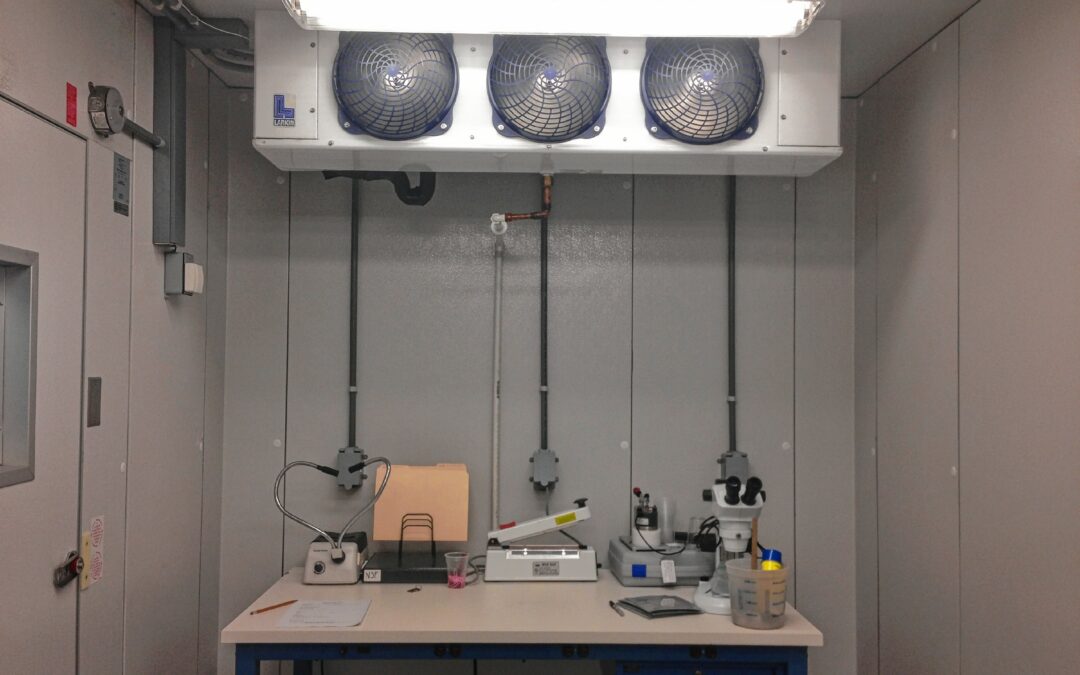If you’re anything like my wife and me, you recently purchased at least one packet of seeds to plant in your flower box, garden or other controlled-vegetation spot. And if you’re anything like us, you didn’t think about where the seeds came from.
Seeds just seem to exist, waiting for us to plunk down a buck or two so we can put them into dirt and await Nature’s bounty. There’s no need to create them; plants do it for us.
Yeah, no (as the kids say). Just ask the folks at the Native Plant Trust.
That Massachusetts-based environmental organization has spent decades working to save or re-establish New England’s native plants amid the onslaught of invasive plants and pests, development and climate change. (It generally defines native plants as those growing in a specific place when Europeans arrived and started scrambling everything, but admit that the term, like “invasive plant,” can have many meanings.)
The Native Plant Trust and several similar groups are launching the Northeast Seed Network. As the name implies, it will offer seeds of plants that are native to parts of New England for planting. You can buy seeds for some of those species already from big companies like Burpee, but there’s a catch, said Michael Piantedosi, director of conservation for the trust.
“They might be native to New England but you’re sourcing them from Florida, Wisconsin, Texas,” he said. The seeds have been harvested from plants raised in very different climates than here. They’ve got the right genetics but the epigenetics – the way those genes activate, as altered by their surroundings – is different, and that can make all the difference.
“They are adapted to very different environments. If you’re planting out a whole meadow with those species, you will have less success,” said Piantedosi.
The Northeast Seed Network will be gathering seeds from plants growing here already – and by “here,” I mean not just New England but specific states or counties or ecosystems – to boost their chances of success in the wild. The seeds are collected from the field by botanists, professional or trained amateurs, and may be stored in the Trust’s seed bank in western Massachusetts. There they get dried so they go into a dormant state, then placed foil packs with suitable data attached, then moved into a minus-20 degree Celsius freezer, to be available when needed.
This sounds like the Doomsday Vault on the Arctic island of Svalbard, where seeds are stored to repopulate the world after an apocalyptic disaster, but it’s not that gloomy, said Piantedosi. It’s really a hopeful place, showing how people can organize to undo some of the damage we’ve created.
The Northeast Seed Network is still being developed. Check the Native Plant Trust website (www.nativeplanttrust.org) for details.
The Native Plant Trust has been around for some 20 years, supported by various grants and contributions. It has fewer than 30 employees and oversees a 500-plus person monitoring program. Over the years its focus, like that of many environmental groups, has expanded and now it is as concerned about preserving ecosystems where native plants thrive as much as watching over specific species.
The Trust and the Nature Conservancy recently released a report called ”Conserving Plant Diversity in New England” giving a scientific roadmap for conservation and land protection at the species, habitat, and parcel scales to save plant diversity in New England as the climate changes. Because plants, although not as exciting to most of us as insects, birds and animals, are the lynchpin of the environment. If they decline, everything declines.
If you’re familiar with the Native Plant Trust it’s probably from the associated Garden in the Woods in Framingham, Mass. That botanic garden showcasing New England native plants in a natural setting has classes and events and sells plants, aside from being fun to visit. It’s open to the public through October.
In the meantime, don’t plant species that are a problem (the state has a good list of invasive plants at www.agriculture.nh.gov/publications-forms/documents/nh-invasive-plant-list.pdf).


 Return to the Concord Monitor
Return to the Concord Monitor
More on gardens please! How about Bedrock Garden or Rhododendron state park, or largest trees in Grafton County and Hartford town?